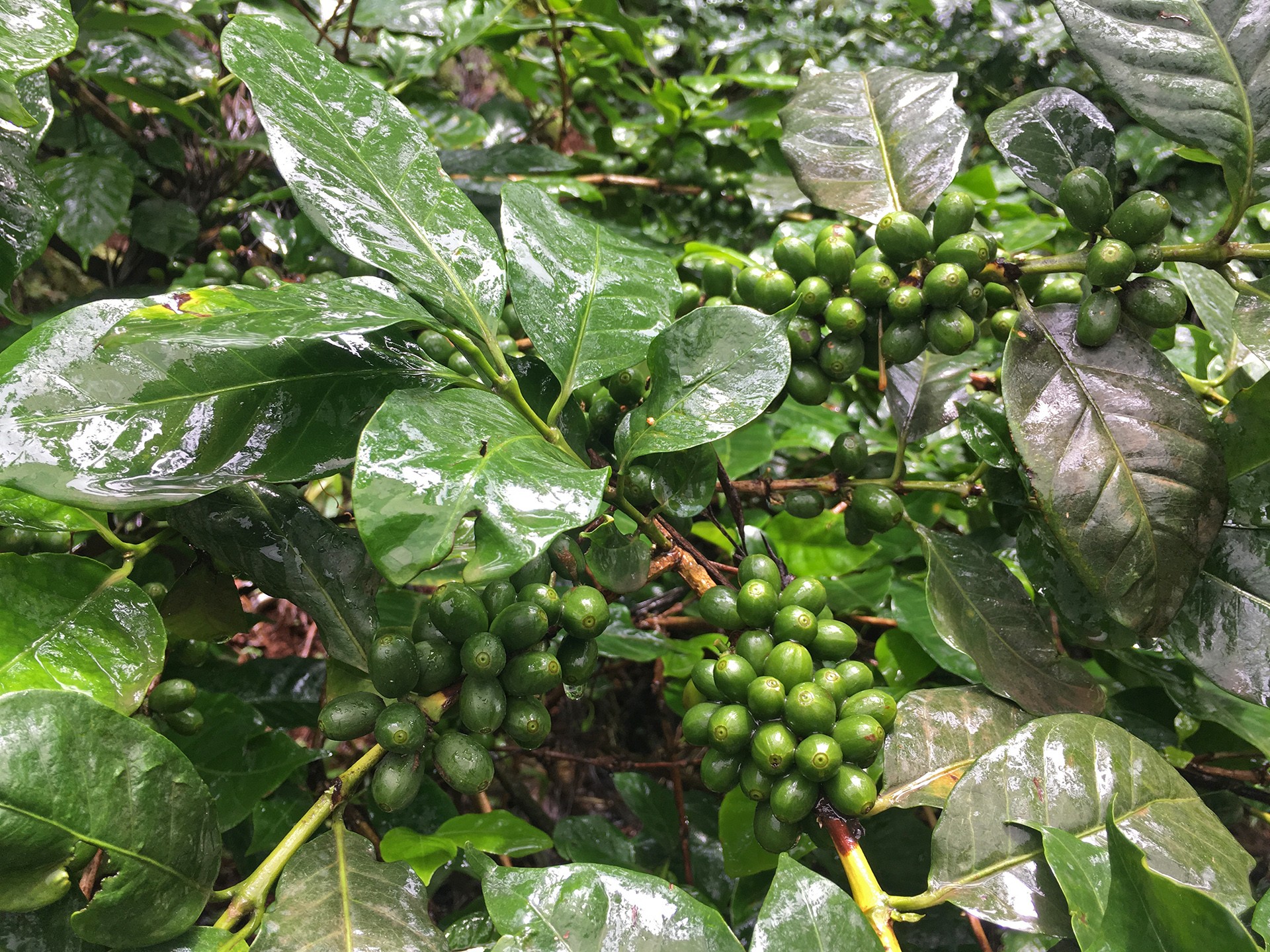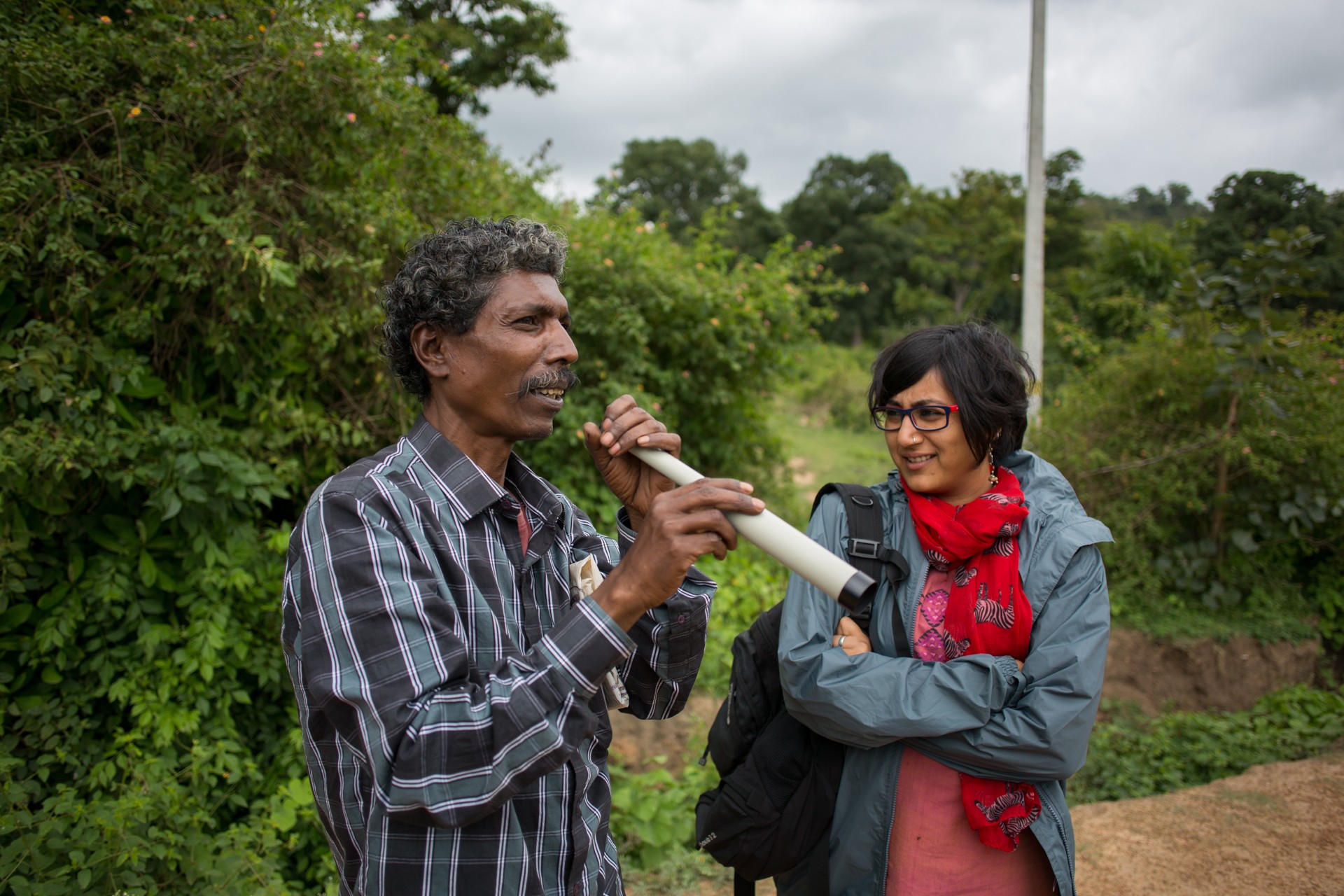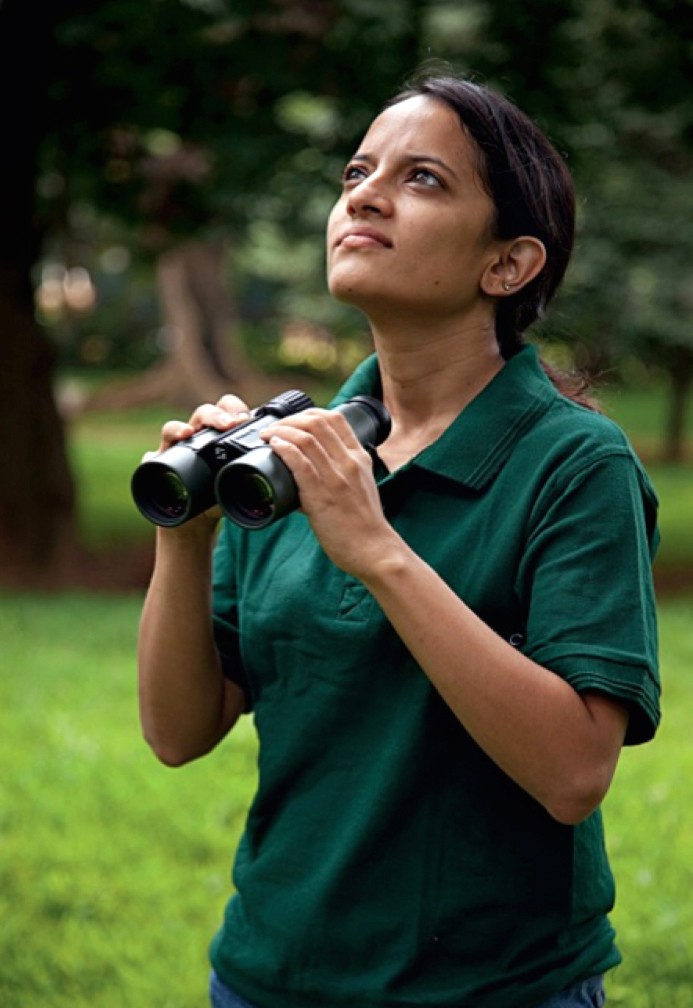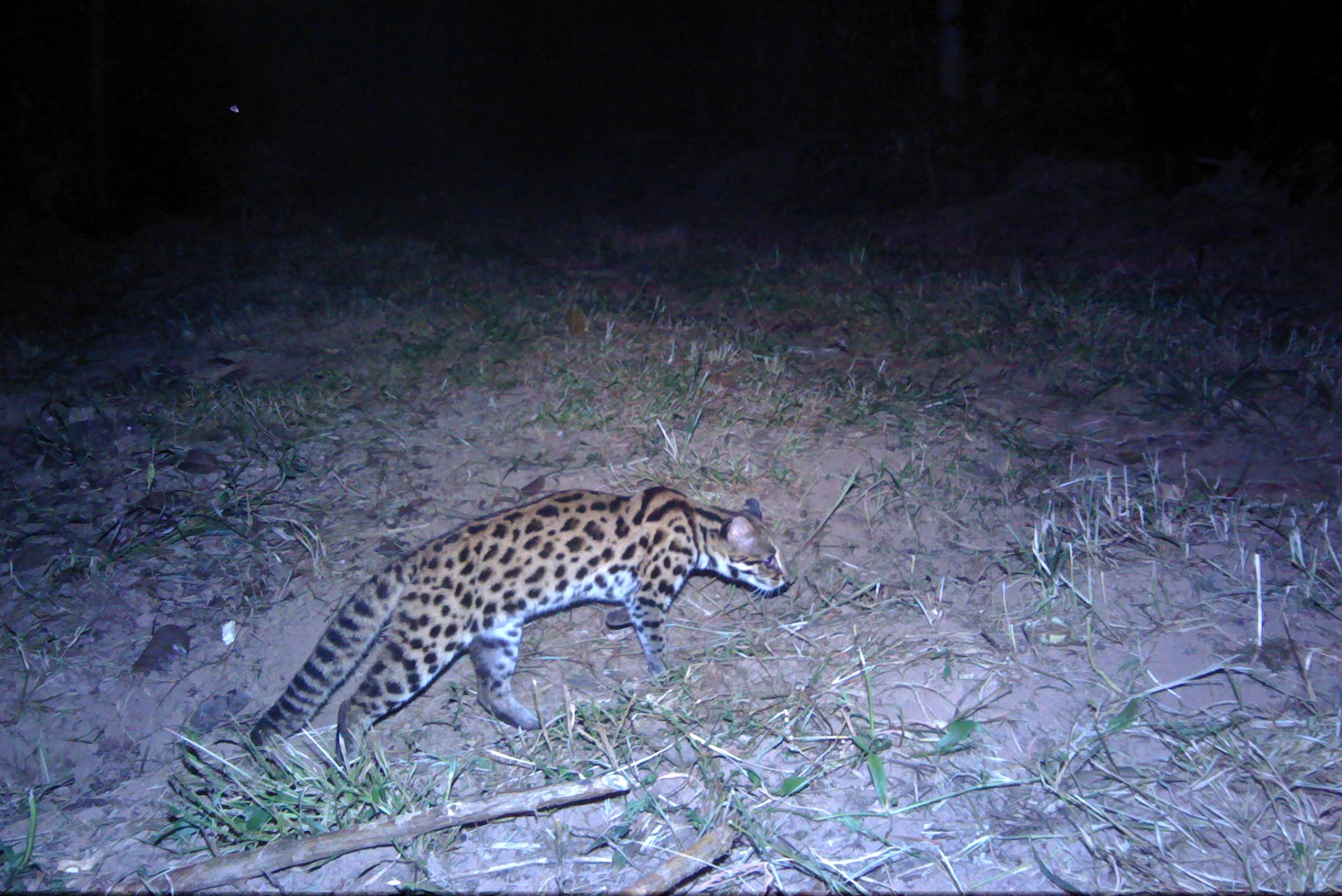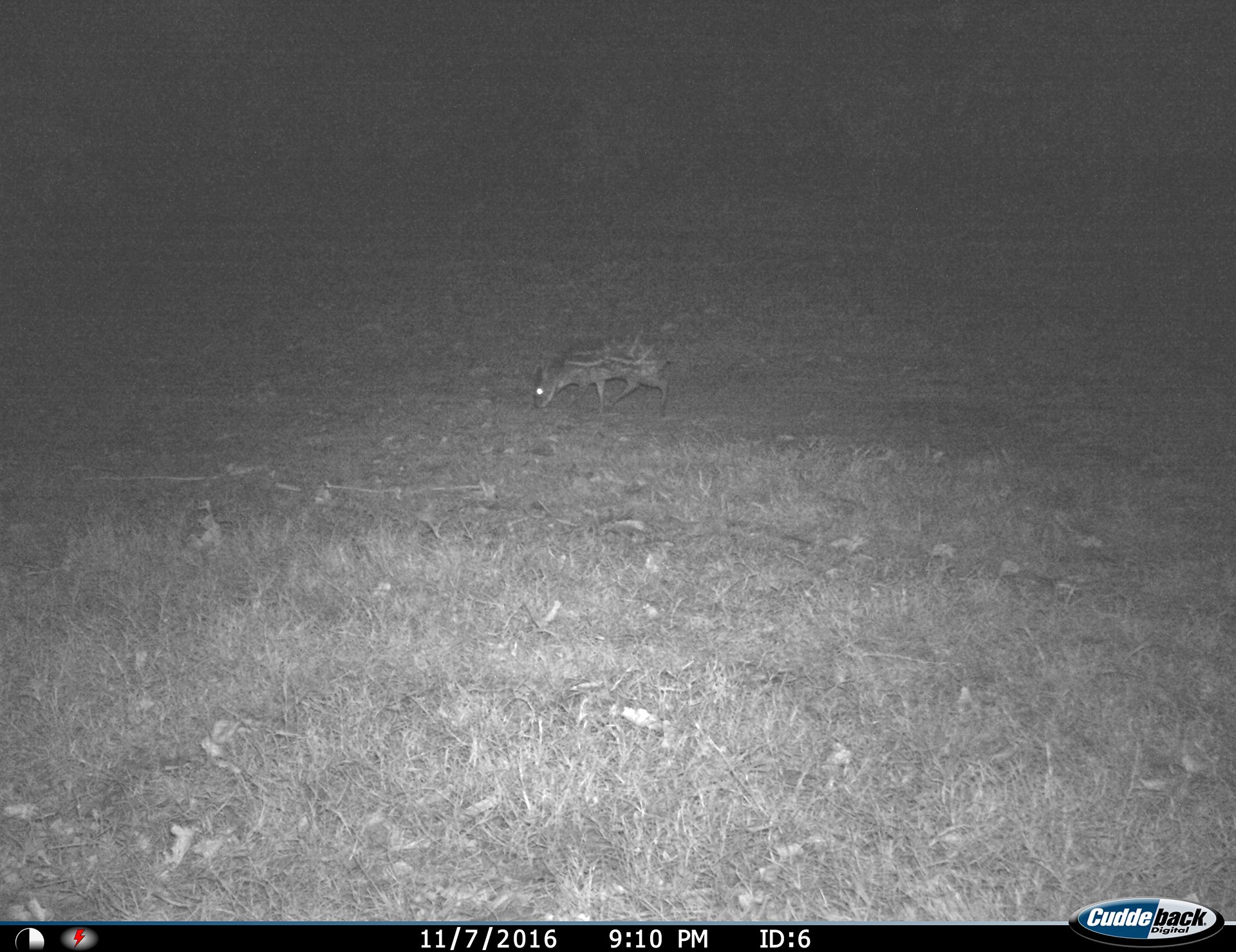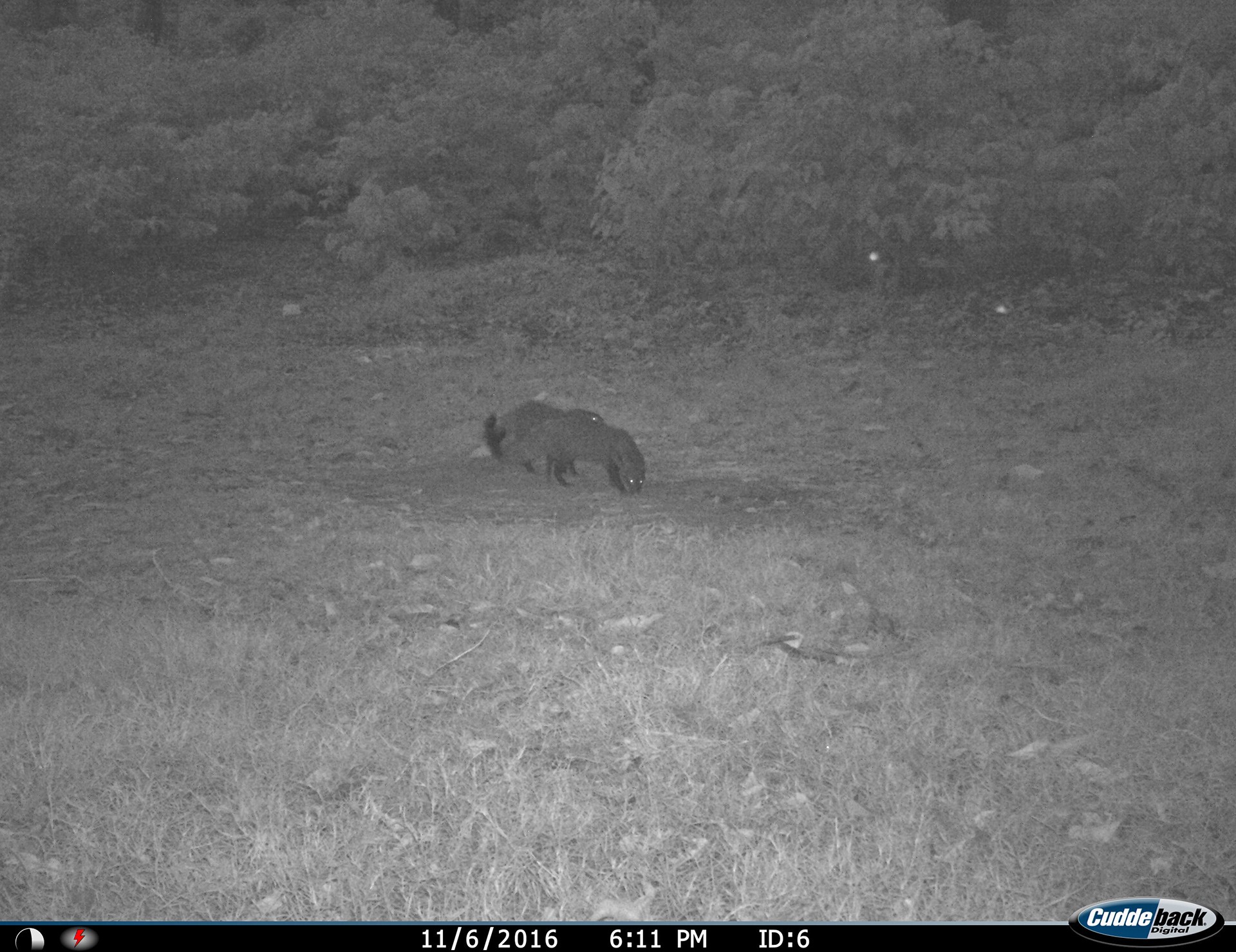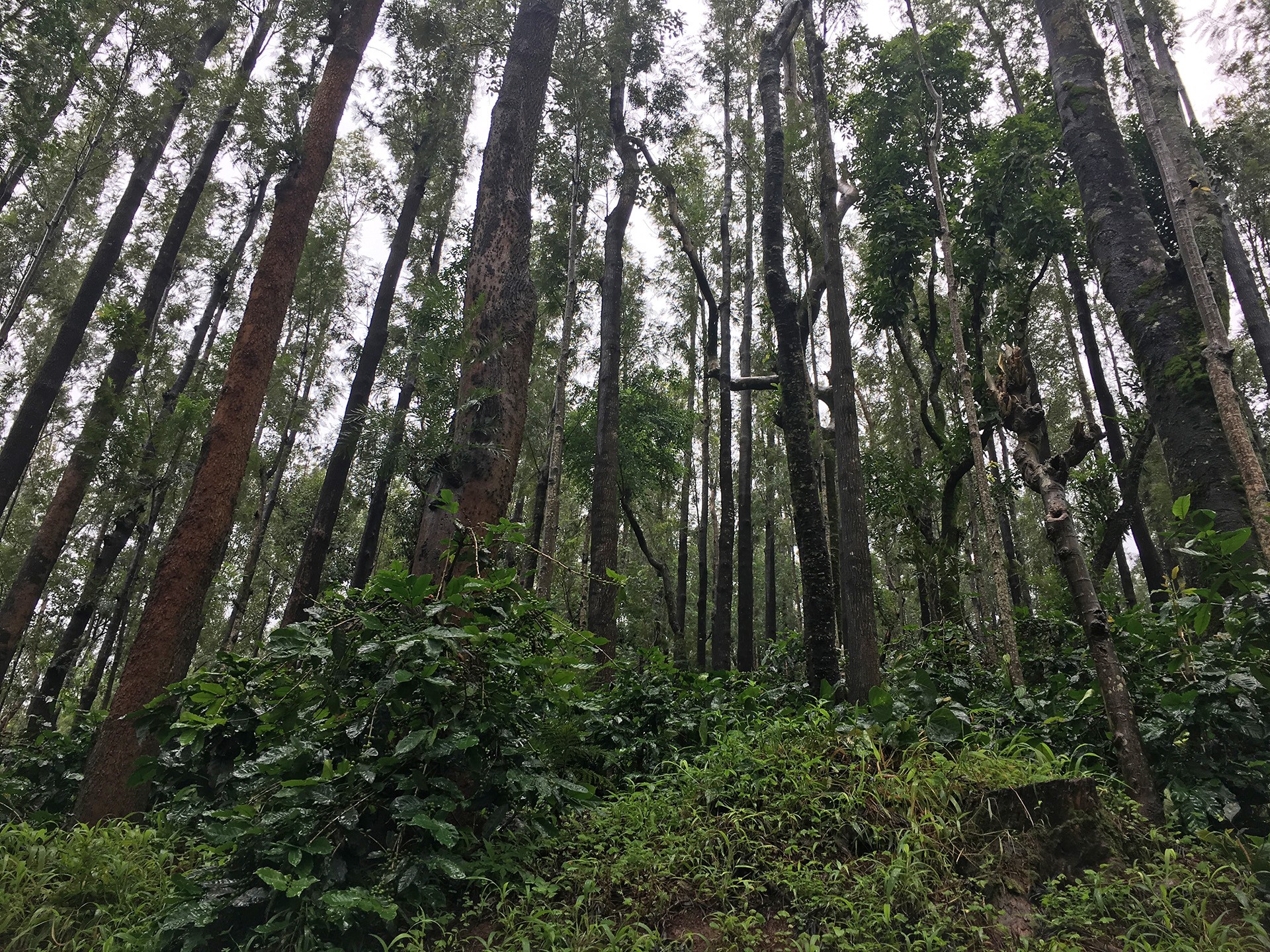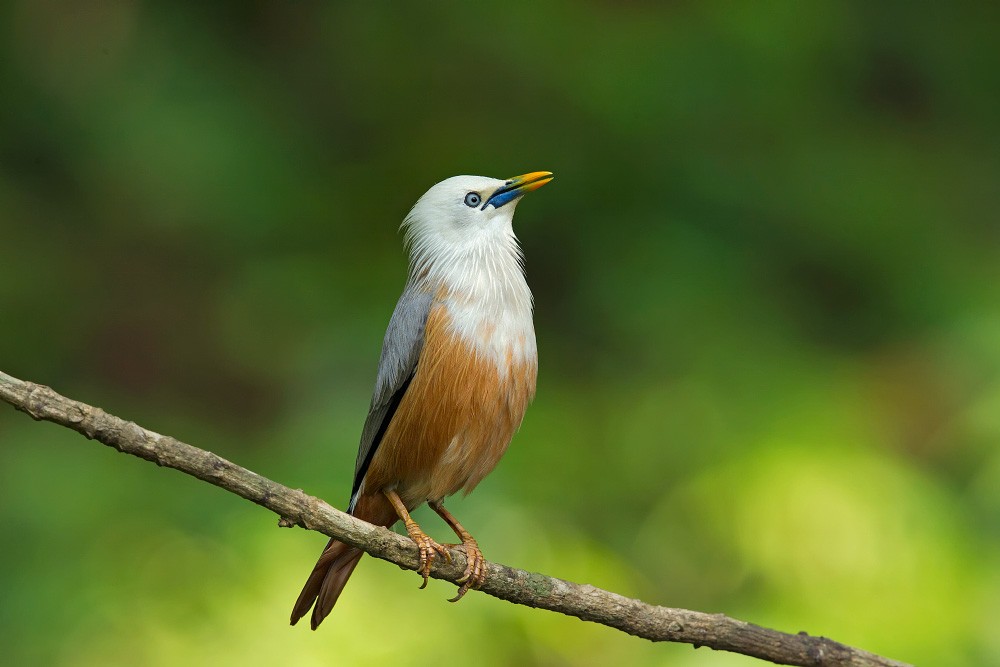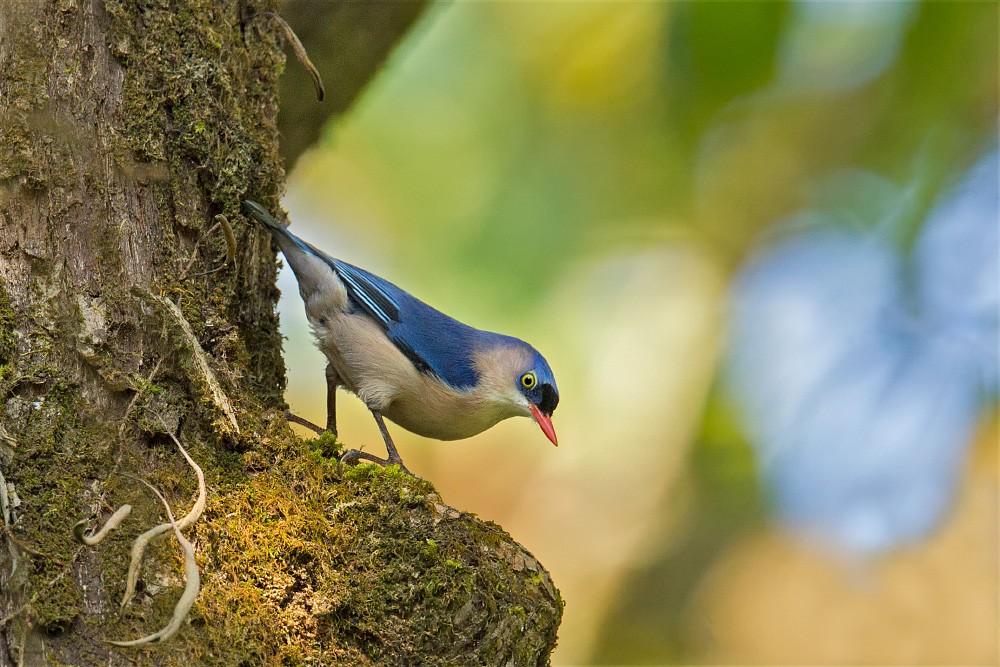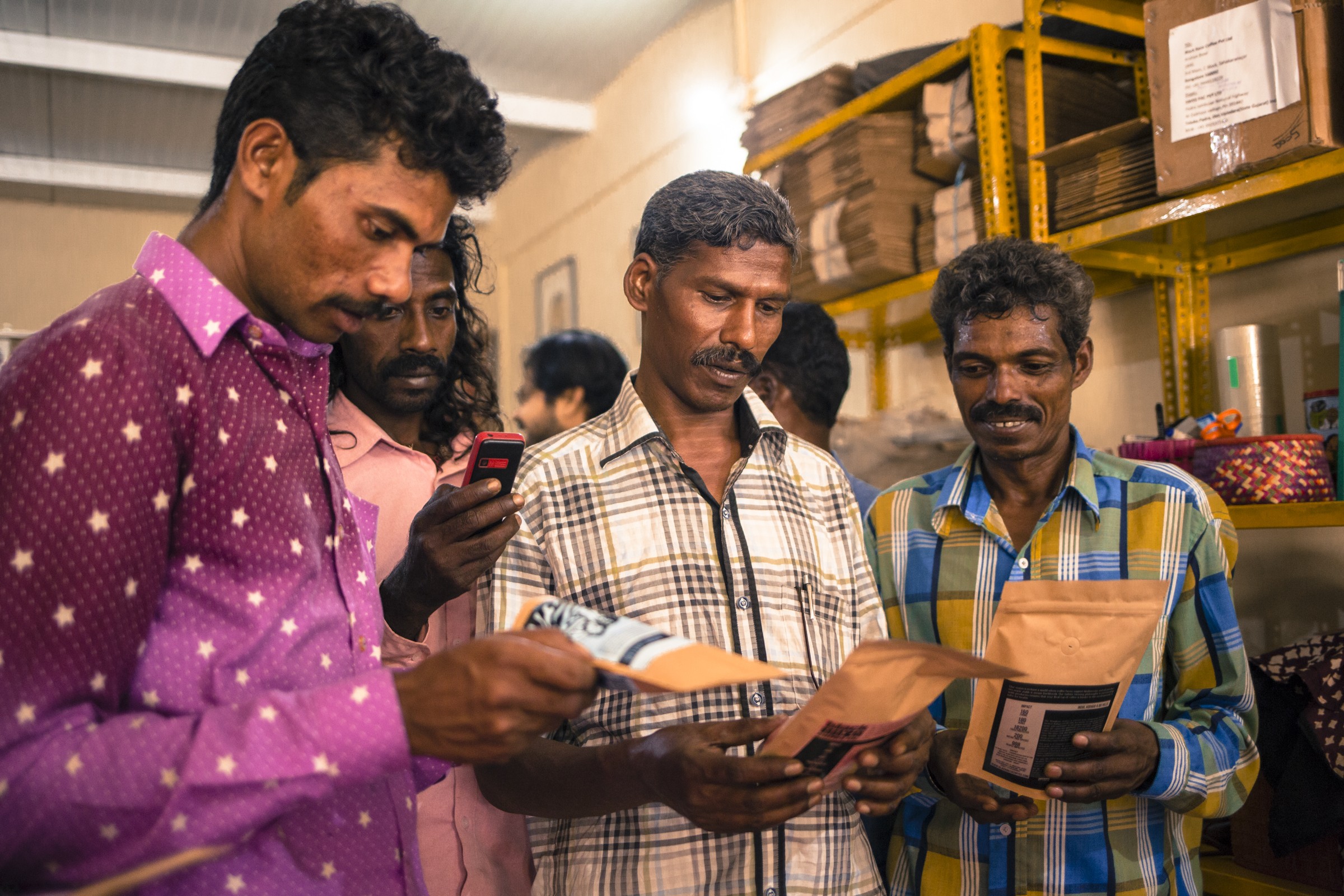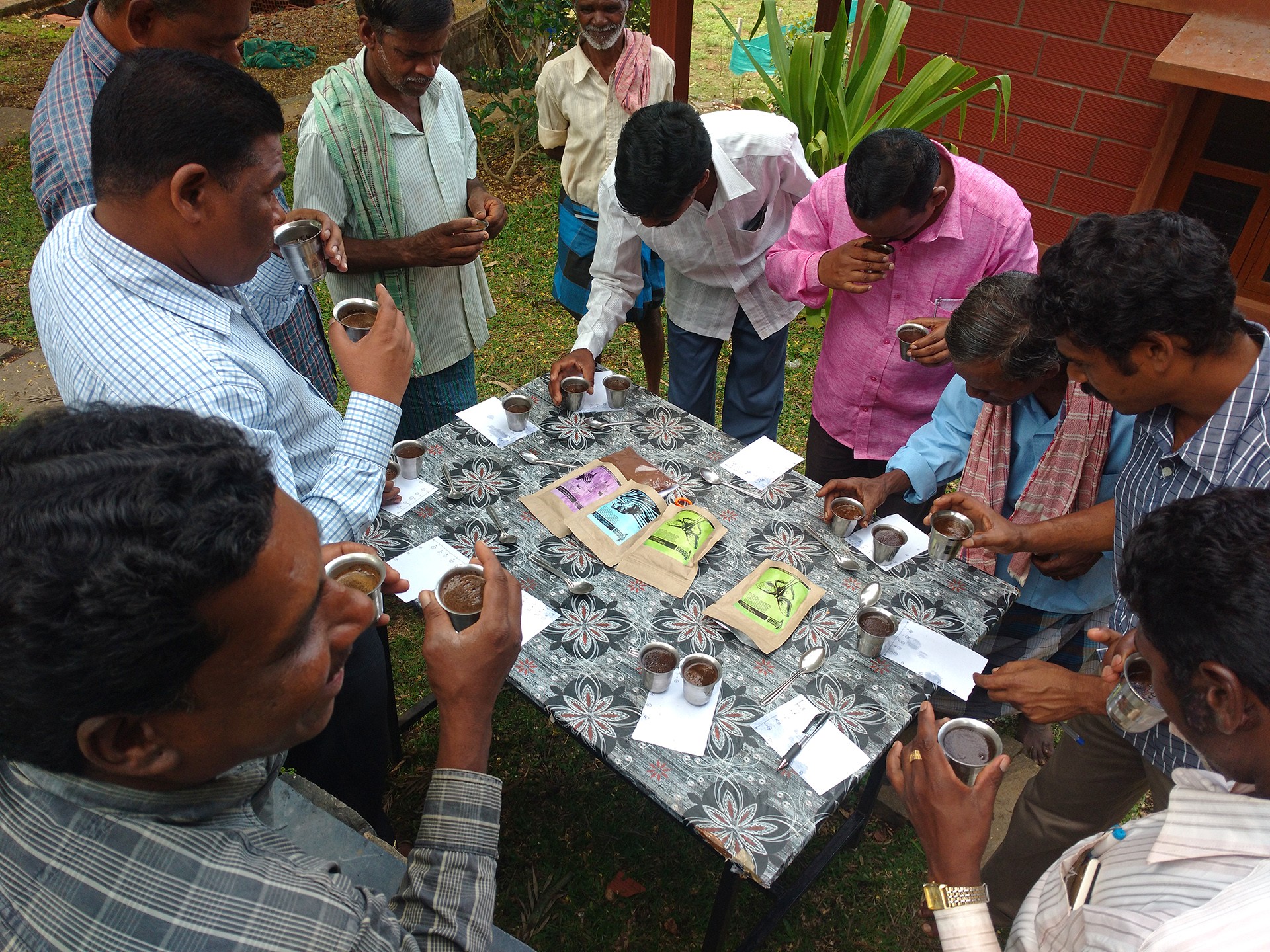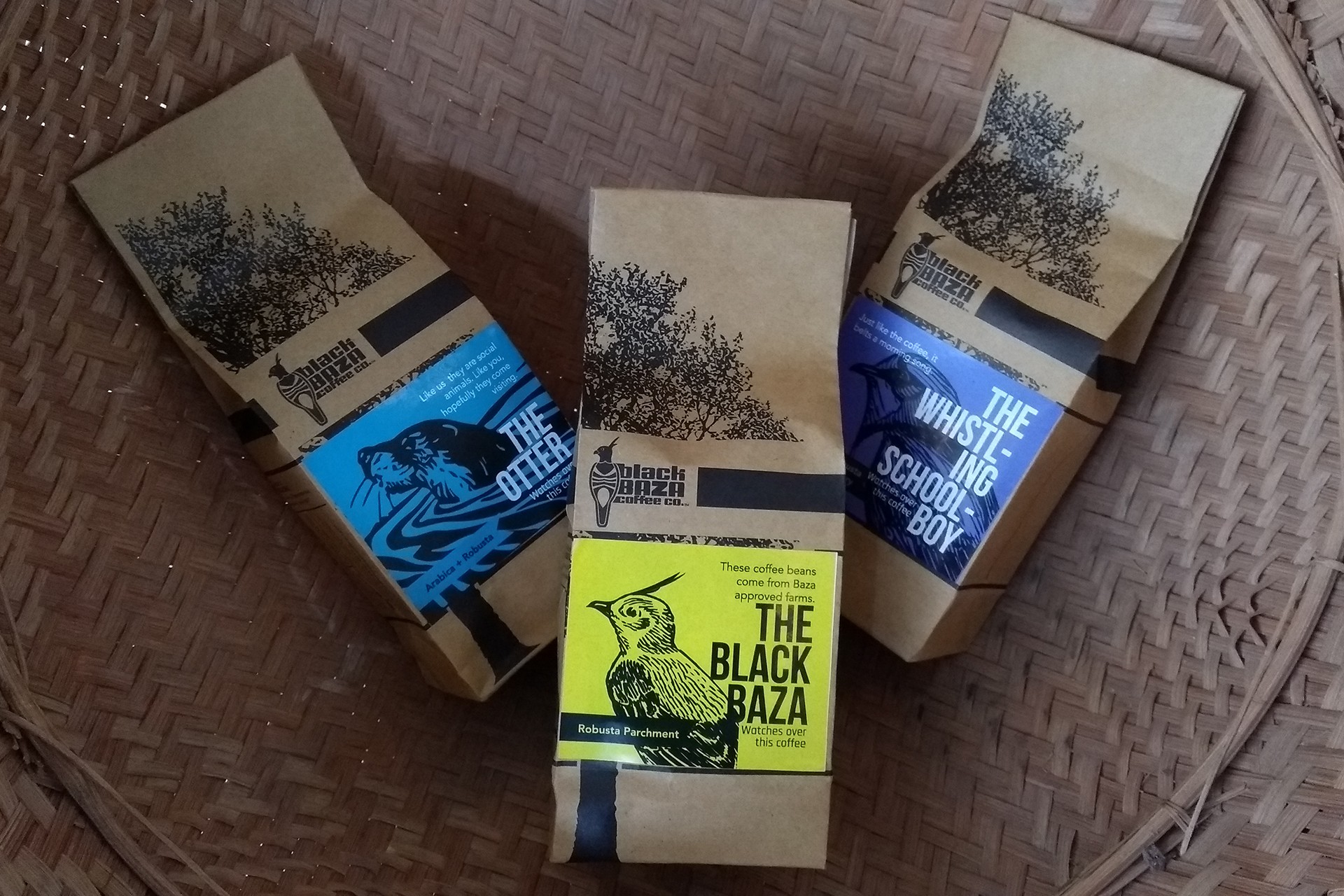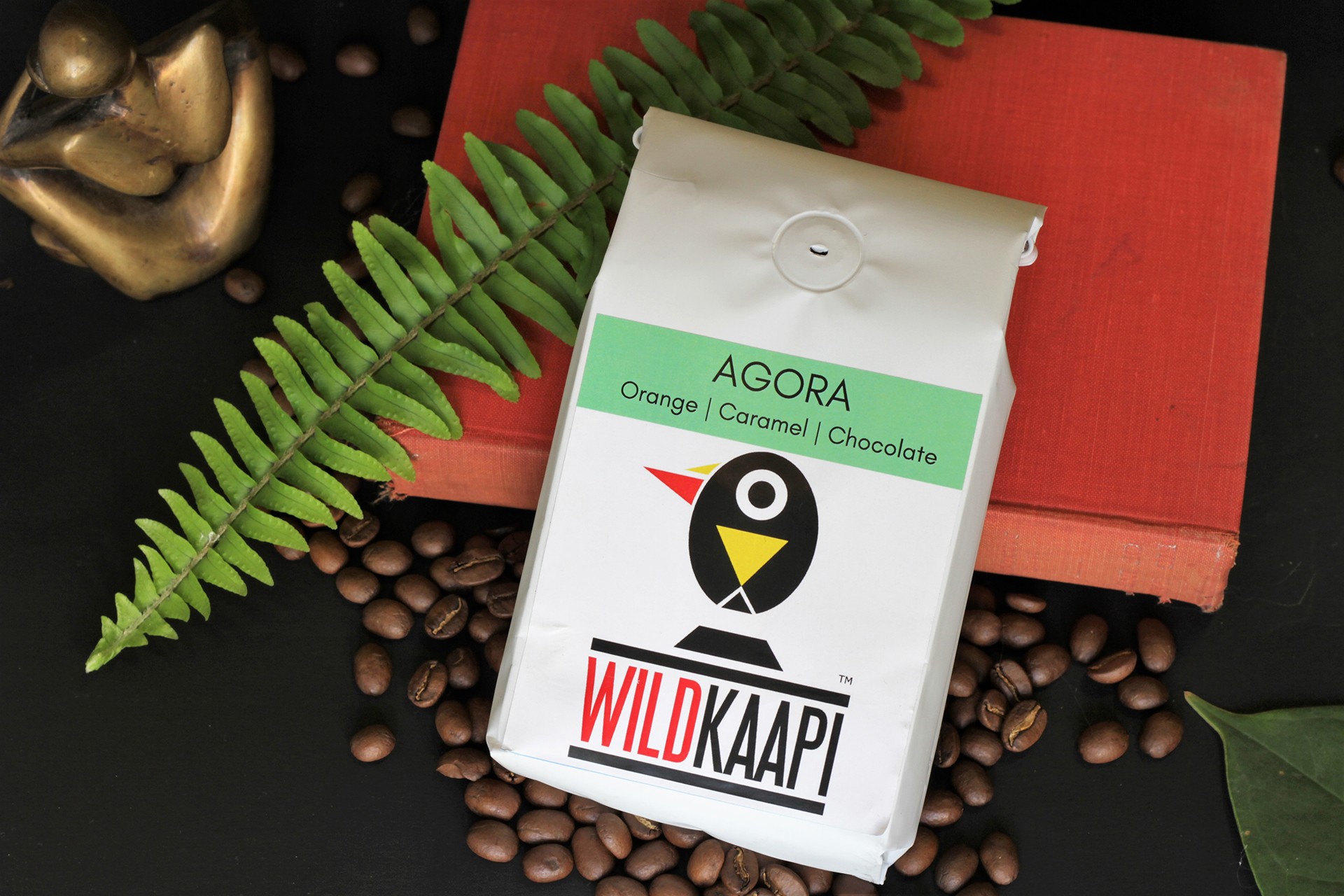I’ve been asking people how they like their coffee for quite some time now. There was that short stint as a barista during my undergraduate years in Melbourne. The answer back then was pretty standard – a flat white, usually, or a short black. Then there was a cover story on coffee I worked on years later, when I was the Food & Drink editor at Time Out Bangalore. That was a crash course on the merits of Monsooned Malabar, the peculiarities of peaberry, how much chicory was too much chicory. It was 2011. Café Coffee Days were popping up everywhere. People were just starting to talk about the Indian bean as more than just a filler coffee, more than just an export commodity. We were introduced to terms like ‘single-estate’. ‘Biodynamic’, even.
It’s fascinating to see how much has changed since then. Just last year, Mint Lounge declared we are in the midst of a ‘third wave’ of Indian coffee. In a country of tea drinkers, coffee was making a strong push for mug space, they wrote. Small-scale coffee sellers like Blue Tokai and Flying Squirrel had arrived on the scene. We could now buy artisanal roasts online. We could sip cold brews in hipster cafes. It’s true, we’ve definitely taken steps towards better quality, and more transparency in the supply chain.
A parallel movement has been underway too. More than a decade after I first started trying to understand what people looked for in their coffee, it seems like we can demand even more from our cup. Fine flavour aside, our beans could also be wildlife-friendly.
Our choices as consumers could support biodiversity on coffee estates.
After all, it’s not just about forests and sanctuaries – with the world’s natural areas shrinking fast, we will have to manage our urban and agricultural habitats in a way that works for the people and the insects, amphibians, reptiles, birds and mammals they are home to.
So if the beans we buy are grown between Brindleberry and Bishopwood trees, among Bonnet Macaques and Blyth’s Starlings, then at least our java habit isn’t harming the environment. This isn’t a new concept, but in India, social scientist Arshiya Bose was perhaps the first to bring it to us. Bose got her PhD on the political ecology of market-based incentives for biodiversity conservation in coffee landscapes from the University of Cambridge. In 2015, through Black Baza Coffee Company, she began working with a few coffee producers in Kodagu, who agreed to follow what she calls biodiversity-friendly best practices – there’s a long list, but among the provisos, growers agree to not use chemical pesticides, to maintain a minimum of 22 species of trees per acre, and canopy cover of at least 60 percent.
Today, she procures coffee from 160 small-scale growers and a farmer-producer organisation in the BR Hills and Wayanad, and finds a market for both their Arabica and Robusta beans. (The Black Baza, by the way, is a small bird of prey found in the forests of South and Southeast Asia. When it’s sighted in coffee farms, it’s a good sign that those farms are still forest-like.)
In June this year, another Bangalore-based brand was launched. Wild Kaapi was started by Krithi Karanth, a conservation scientist with the Wildlife Conservation Society, and her husband, Avinash Sosale, after three years of research that spanned 187 plantations across the Western Ghats. As of now, they source coffee from four estates in Chikmagalur, which they’ve certified as Wildlife Friendly, or products that “contribute directly to in situ conservation of key species.” The estates, which all grow Arabica, were audited by a team of scientists and found to host over 325 species of birds, butterflies, mammals and native flora.
The producers who qualified for the certification and now sell their coffee through Wild Kaapi have agreed to protect that abundance. They agree not to hunt or lay traps for any animals on their land, they commit to restricting ‘shade lopping’ to particular times of the year (and never during bird nesting seasons), and they agree to use only permitted chemicals, to name a few of the conditions they are held to.
So why is it important to conserve biodiversity – native trees, endemic species, and so on – on our coffee estates, specifically?
There are anthropogenic ways of viewing the situation. For one, it’s good for productivity. For a plantation to continue to yield good amounts of coffee, especially in an increasingly unpredictable climate, a study from August this year found you need pollinators – birds, bats, and most certainly bees. It’s possible that shade (and by extension, all the wildlife that resides in that shade-giving canopy) also results in a better tasting cup of coffee, but the scientific research on this is still in the nascent stages.
Let’s look at it another way. Currently, India’s protected areas constitute less than 5 percent of the country’s landmass; and that’s the official figure. For comparison, a country like the US has demarcated 13 percent of its terrestrial land area as protected.
The Western Ghats, which is where India cultivates the majority of its coffee, is home to around 325 globally threatened species. Its ranges are important wildlife corridors and form part of the Project Elephant and Project Tiger reserves. But only 9 percent of the Western Ghats is designated as protected area. It wasn’t too long ago that coffee plantations were carved out of the forests here – now, they fragment one of the last few strongholds of wild spaces left in the country.
The point is, the area we have ‘reserved’ for biodiversity is far from enough, so protecting shared spaces where wildlife cohabits with humans and with agriculture is critical.
How we practice agroforestry – how we grow our coffee – will be crucial to the success of conservation efforts.
In many intensive coffee-production systems across the world, especially in South and Central America, coffee is sun-grown, its natural canopy shorn away for faster growth and better yield (at least in the short term). That’s been devastating for the environment. In India, there is a slow shift towards sun-grown coffee as well, but more noticeably, a preference for growing coffee beneath high-value timber trees such as silver oak over native species. Most native birds need native plants (and the insects that have co-evolved to feed on them) to survive. That’s why exotic trees like silver oak don’t support much bird life, and plantations with a high density of native trees are richer in biodiversity.
Rohini Rajagopal, a third-generation plantation owner in Chikmagalur, says she’s seen rapid changes in the region over the years. “As the coffee industry intensified, there have definitely been gains and losses,” she said. “There are better roads and more hotels, but far fewer birds and animals,” she said. “Many growers here can’t imagine breaking even without Roundup.” Rajagopal’s estate is not too far from Bhadra Wildlife Sanctuary, and from one point, you can see out to the panoramic Kudremukh range. She has allocated 20 acres of her land to grow organic beans (some of which she supplies to Wild Kaapi under the brand Agora); coffee on the remaining 250 acres is grown conventionally.
Market forces are also pushing coffee growers towards areca and rubber monocultures, both of which, as Karanth found when she was researching plantations in the Western Ghats, are far less biodiversity-friendly than coffee. In her study, it was the coffee estates that were home to the greatest number and diversity of birds (both migrant and resident), frogs, butterflies and mammals. “That’s when we started to ask, if certain coffee management practices are friendly for wildlife, how can we incentivise them?” she said.
But here’s the rub: to be wildlife friendly, coffee growers can’t eradicate insects with harmful pesticides, even if they have a taste for the ripe cherries. They must allow the free passage of large animals like elephants and gaur through their plantations, although those crossings can cause a considerable amount of crop damage. In fact, human-elephant conflict is especially intense in coffee-growing regions, as seen in the recent documentary, Elephants in the Coffee. There’s also an opportunity cost to growing coffee under forest trees – although the quality improves, productivity does decrease with bird-friendly shade cover and tree density.
So, how to conserve biodiversity without imposing social and economic costs on producers? This is especially important when the majority of producers – in India and the rest of the world – are smallholders who cultivate on less than 10 acres. “The emotional argument – to do it because it matters for the health of the environment, may not work. But an economic argument might,” said Karanth.
There have been theoretical discussions in some parts of Coorg to institute payments, or credits, for the number of standing indigenous trees and shade cover. But till date, neither the payments for ecosystem services model nor any biodiversity-offset schemes are practiced in our coffee-growing regions.
Although both Wild Kaapi and Black Baza are working towards promoting biodiversity-friendly practices by offering a better market price to growers, their processes couldn’t be more dissimilar.
Karanth’s economic argument is rooted in a third-party certification. In India today, just for coffee, there’s the World Fair Trade Organization certification, Fairtrade, Rainforest Alliance, UTZ-Certified, Nespresso AAA, Organic, Participatory Guarantee Systems (PGS) and Starbucks’ Cafe Practices. The Wildlife Friendly certification, held by Wild Kaapi, is the newest addition. It’s conferred for two years, and is evaluated annually by the US-based Wildlife Friendly Environment Network, although Karanth developed the audit metrics and the standards for this certification based on research findings made by the Wildlife Conservation Society and the Centre for Wildlife Studies.
Bose opted out of the traditional top-down, audit-type certification route, and with Black Baza, decided to create an incentive-based social enterprise instead. Her PhD research on the social and conservation outcomes of certification encouraged her to look for an alternative. “I found that global certifications and labels designed elsewhere, but being implemented in India did not show meaningful impact,” she said.
“Across development and conservation projects, there is more and more data to show that bottom-up or participatory approaches are likelier to succeed in the long term,” she explained. She has come to a conservation agreement with her growers – determining farming practices that she says exceed the environmental standards of most other global certifications anyway. Monitoring is carried out in a more participatory way, too. “We say that we are co-creating the idea of conserving biodiversity with our growers. It’s a common shared philosophy, not a certification.”
While any conversation about biodiversity – whether it’s a philosophy or certification – is a step in the right direction, there is a risk that it can quickly become confusing.
Internationally, there are many, many labels and claims vying for attention on supermarket shelves. Critics of Fairtrade, for instance, have called it little more than a niche marketing tool, catering to affluent consumers who want to feel virtuous about where their dollar goes. Terms such as ‘ethically/sustainably farmed’, ‘shade grown’, and ‘direct trade’ lack any legal definition or industry standards. By their very nature, words like ‘biodiversity’, ‘wildlife friendly’, ‘socially fair’ are ambiguous. Definitions vary – they aren’t absolute the way cage-free indicates the absence of a cage for egg-laying hens, for instance. And it isn’t easy to measure impact, either. Bose calls her work a ‘1000-year brew’ because that’s the sort of timeline that’s realistic for such efforts.
Certifications, too, fast turn into a complicated space to navigate. The idea, notionally at least, is that a third-party certifier allows for a certain degree of independent audit. But what do they monitor? How stringent are they? There’s really no easy way for a consumer to know. Rainforest Alliance standards, for instance, are not as stringent as the Smithsonian’s Bird Friendly Habitat designation (there are no farms with this certification in India), though both are intended to maintain native trees and protect biodiversity.
Karanth did face some skepticism when she met with coffee growers in Chikmagalur. “They’d heard these conversations before. ‘What makes you different from organic or Fairtrade or anything else?’ they asked me. At the end of the day, many felt it would be just another certificate to pay for, to get a premium that wouldn’t even cover the investment,” she said.
Still, for growers like Rohini Rajagopal, it’s an experiment worth trying. “The idea that you can produce a good coffee and maintain an ecosystem that sustains and protects wildlife is important to me,” she said. But, almost as an afterthought, she added: “The thing is, the market has to be open to it.”
At around ₹600 for 500g, an eco-friendly coffee will set a consumer back three times as much as any regular bag on the shelf. Both Black Baza and Wild Kaapi sell mostly online, often through monthly subscriptions. As of now at least, it isn’t the easiest to find biodiversity-friendly, locally grown coffee in mainstream supermarkets and coffeeshop chains (although both Karanth and Bose do supply some independent cafes and gourmet stores).
It’s too soon to tell whether these initiatives will bring about transformational, systemic change, or if they’ll only recognise and reward existing good practices. It’s too soon to know whether they’ll scale up enough to matter. For now though, we do know they’re forcing us to reconsider what we mean by good coffee, and at least we’re on the path to making it better.
